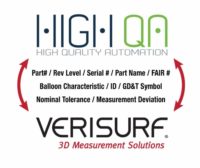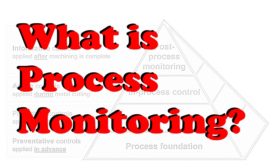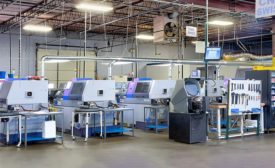Software
Software & Analysis
Four Trends Shaping the Next Gen in Quality Management
Read More
Three common SPC initiative challenges
SPC can go a long way in reducing variation, but organizations may avoid roadblocks.
May 6, 2021
The ins and outs of document control
Learn the difference between document control, management, systems and software.
May 6, 2021
Low-Code to No-Code: A Software Development Revolution
When software can almost write itself, then it's future proof.
May 5, 2021
4 Ways to Approach Data Mining
Data and connectivity are crucial to automation and therefore key to efficient, productive factories.
April 30, 2021
How digital process monitoring drives sustainability
Predictive tools, standardized data, and self-learning production systems can go a long way in helping manufacturers save energy and minimize their environmental footprints.
April 12, 2021
Four Things Your ERP System Should Do For You
ERP systems can vary widely in size, scope, features, and functionalities, depending on the needs of different manufacturers.
April 7, 2021
Stay in the know with Quality’s comprehensive coverage of
the manufacturing and metrology industries.
eNewsletter | Website | eMagazine
JOIN TODAY!Copyright ©2024. All Rights Reserved BNP Media.
Design, CMS, Hosting & Web Development :: ePublishing










